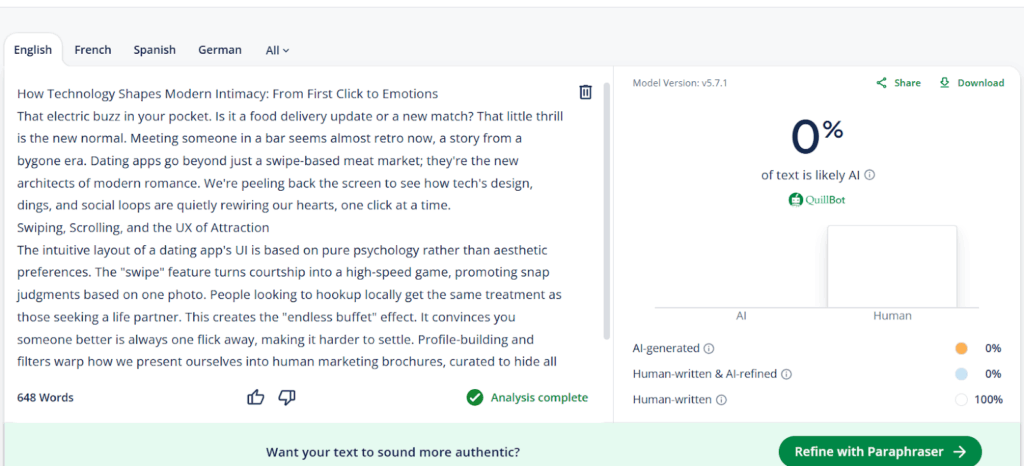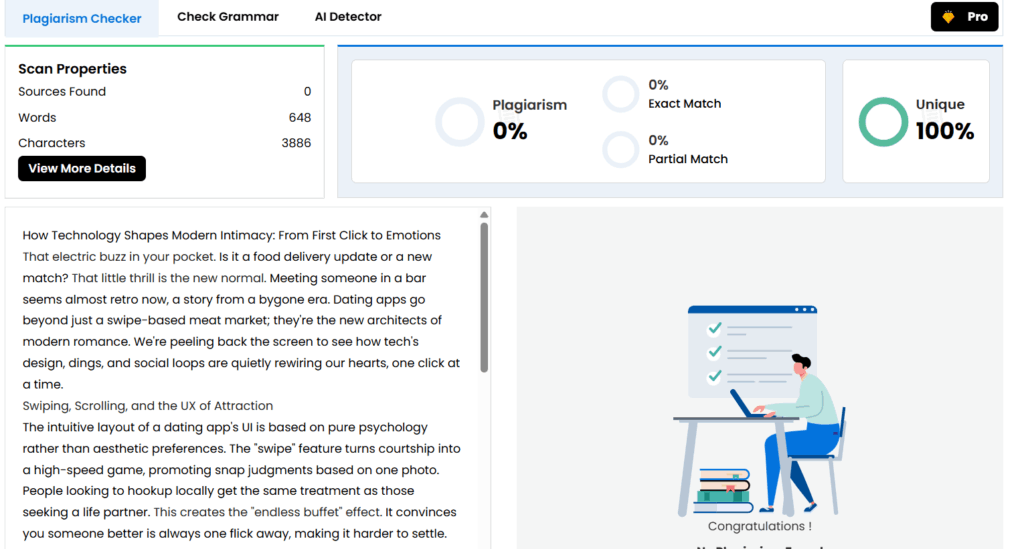That electric buzz in your pocket. Is it a food delivery update or a new match? That little thrill is the new normal. Meeting someone in a bar seems almost retro now, a story from a bygone era. Dating apps go beyond just a swipe-based meat market; they’re the new architects of modern romance. We’re peeling back the screen to see how tech’s design, dings, and social loops are quietly rewiring our hearts, one click at a time.
Swiping, Scrolling, and the UX of Attraction
The intuitive layout of a dating app’s UI is based on pure psychology rather than aesthetic preferences. The “swipe” feature turns courtship into a high-speed game, promoting snap judgments based on one photo. People looking to hookup locally get the same treatment as those seeking a life partner. This creates the “endless buffet” effect. It convinces you someone better is always one flick away, making it harder to settle. Profile-building and filters warp how we present ourselves into human marketing brochures, curated to hide all the messy, real parts. What used to be “chemistry” is now a pre-vetted checklist, and romance is reduced to data points.
How Notifications Rewire Our Brains for Love
That little red dot holds serious power. We’re talking about the science of push notifications. The “You’ve got a new message!” alert is a literal dopamine hit, a digital pat on the head that trains our brains to crave validation from the app. It’s a digital breadcrumb that can feel like a feast. This process builds a loop of giddy anticipation followed by a crash of anxiety when the replies are slow. We’re being trained to value the ding more than the dialogue. AI algorithms are even refining this, learning our behaviors to maximize our time on the platform. The goal is to keep us swiping, and finding a like-minded person becomes a side effect of the platform’s need for our attention. We become emotionally tethered to the app’s rhythm, not necessarily the person’s.

Dating in the Age of Public Opinion
Nobody dates alone anymore. They bring their entire group chat, and sometimes their mom, along for the ride. This is “online peer behavior” in action. Before a reply is even sent, profiles and opening lines are screenshotted for a committee vote. We’re “friend-sourcing” our flirtations. What we’re doing here is outsourcing our intuition, not only seeking a second opinion. The online dating data shows how widespread app use is, meaning more people are subject to this public critique. The ‘committee’ weighs in, and suddenly a personal spark is extinguished by a ‘meh’ from a friend. Authenticity dies in the group chat. Our private interests are now semi-public performances.
Ghosting, Benching, and the New Rules of (Dis)engagement
Technology didn’t invent poor behavior, but it certainly scaled it up and gave it catchy names. We now operate under a new, low-stakes social code. Being “just profiles” messaging other profiles makes it easier to forget there’s a real person on the other side. This emotional distance makes ghosting (vanishing completely), breadcrumbing (leaving just enough hints to keep someone interested), and benching (keeping someone as a backup) incredibly easy. The screen provides a perfect shield. There are no social consequences, no need to see a face crumple, no awkward silences. It’s the worst kind of emotional hit-and-run, a clean getaway that leaves the other person to deal with the wreckage alone.
Conclusion
Tech isn’t the bad guy, nor is it the hero of this story. It’s simply the new game board. The tools are powerful and absolutely programmable. The main goal is to be the user, not the used. The most important relationship is the one you have with yourself… but a strong Wi-Fi signal is a very close second. The game board is digital, but the players, for now, are still human.




